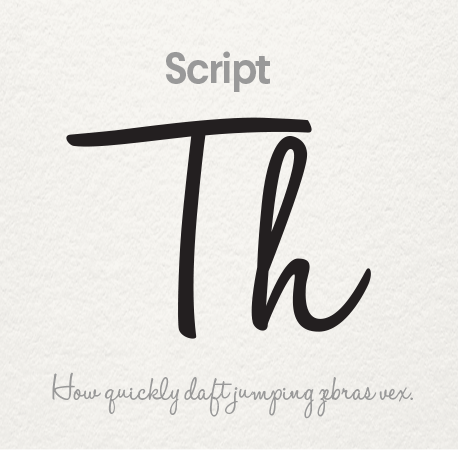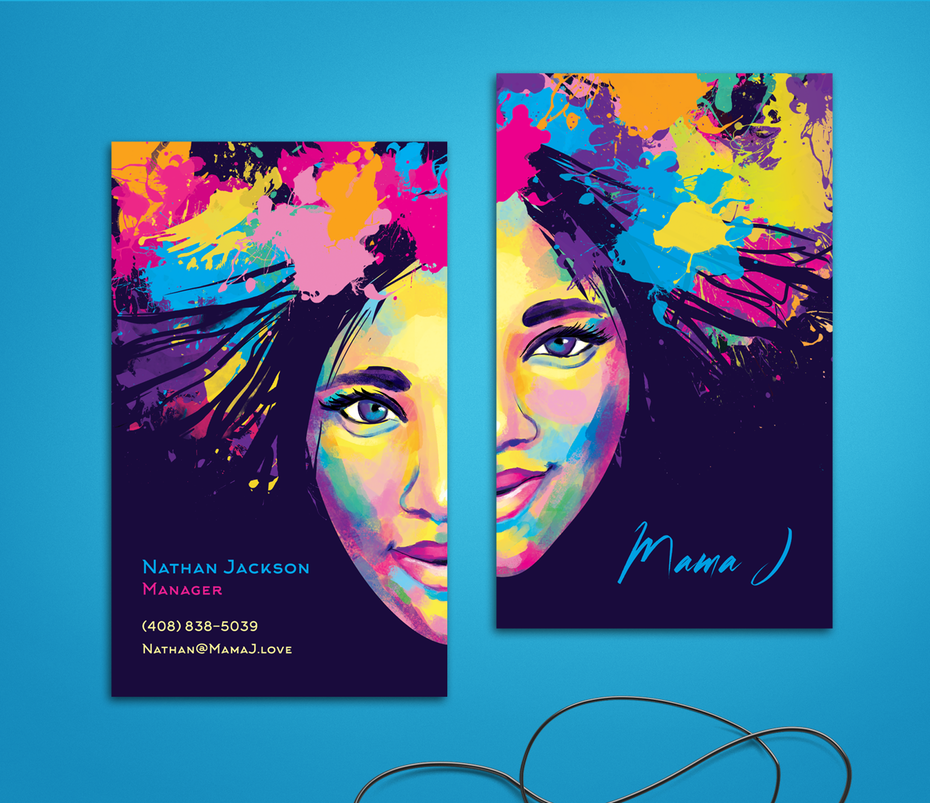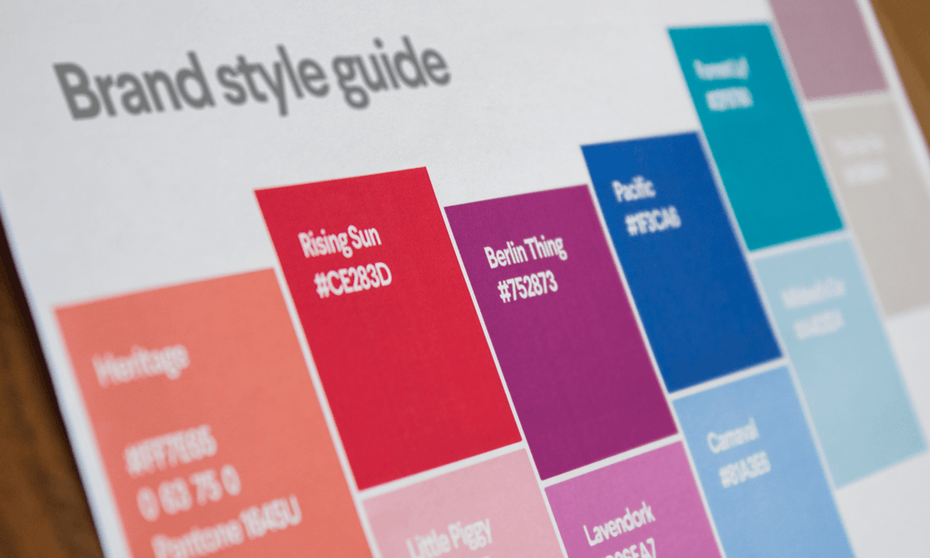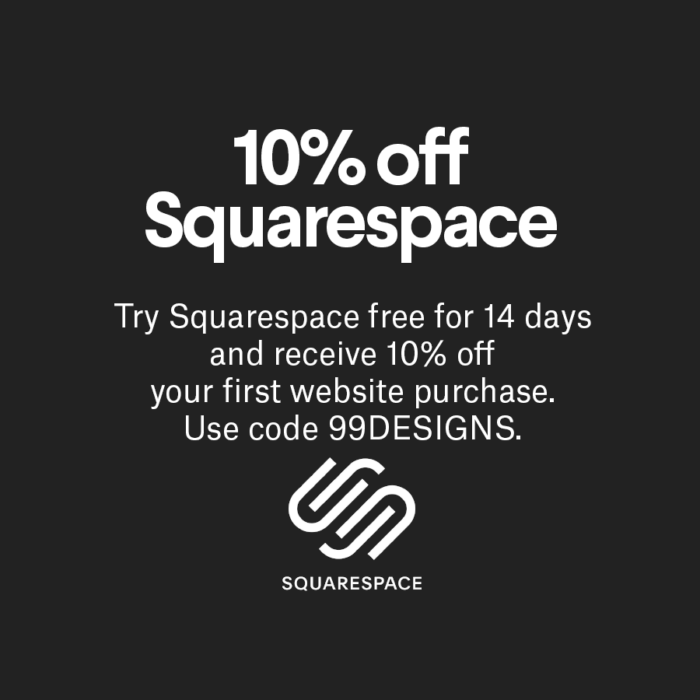Visual Branding Tips
The first step to becoming a successful entrepreneur is coming up with a business idea. But once you’ve got the idea down, the real work starts—and that’s building a brand.
Branding is the DNA of your business; it tells your clients and customers who you are, what you’re about, what they can expect from you and why they should work with you. It’s a tall order—and no pressure, but your branding can make or break your business.
Which is why it’s so important to get it right.
At 99designs, we know branding—and we’re here to make sure you get it right. That’s why we put together this ultimate guide to branding; by the end of this comprehensive guide, you’ll have everything you need to build a killer brand from the ground up—and drive explosive success for your business in the process.
Ready to get started? Then let’s hop straight to the branding tips.
Branding 101: The three B’s
—

So, first things first—before you can figure out the branding for your business, you need to know what branding is.
When it comes to building your brand, there’s three B’s you need to understand—brand, branding, and brand identity.
- Your brand is the perception of your company out there in the world.
- Your branding is the act of shaping a unique, distinctive brand; it’s the active practice of bringing a brand to life.
- Your brand identity is all the elements your company creates—like your logo, your website, or your business card—to broadcast the right image and message to your audience.
All three B’s are like pieces of the branding puzzle—and you need all three in order to build a successful, marketable business. Without branding, there’s no brand. Without brand identity, there’s no branding. All three build on each other—and you need all three to succeed.
Want to learn more about the basics of branding, the differences between the three B’s, and why each is so important? Check out this article: What is brand identity? And how to develop and design a great one.
For a detailed explanation of the differences between branding, brand identity and logo take a look at this article.
Read more about the questions you should ask yourself to understand your brand personality here.
Brand strategy: the back-end work to building your brand
—

You might be tempted to hop right into the branding process. But before you actually start building your brand identity (so, for example, designing your logo or launching your website), there’s some work you need to do on the backend—and that’s defining your brand strategy.
Think of your brand strategy as a blueprint; it creates a clear direction to build the rest of your brand around, whether that’s your logo design, your social media voice, or the look and feel of your designs.
When you’re building your brand strategy, you need to:
- Define who you are. Who are you as a company? If you’re not clear on who you are as a brand, your branding will feel scattered and confusing.
- Understand your point of difference. What makes you different from the other brands out there? Why should your customers work with you over the competition?
- Create your brand mission statement. Your mission statement is the “why” behind your business. If you’re stumped on what your mission is, try filling in this sentence: “Our company exists to ______. In five years, we plan to _____.”
- Write out your values. Your corporate values will not only drive your internal strategy, it will also help you connect externally with your customers. What do you stand for?
- Get clear on your ideal customer. You want to make sure when you build a brand, it appeals to your target customers—but it’s impossible to do that if you don’t know who those customers are. Create an ideal customer avatar and use it to drive your branding process.
If budget is a concern for you, check out these inexpensive branding strategies for small businesses.
Want to learn more about the back-end of branding? Check out these articles:
- How to develop a branding strategy for your business
- The importance of bringing branding to life
- 3 tips for writing a mission statement that sets you apart
Building your brand identity
—
The next step of branding? Building your brand identity.
The first part of building your brand identity is defining the key elements and principles that will drive your branding. So what, exactly, does that include?
Brand voice
Your designs are a huge part of your branding—but they’re not the only part. Your brand voice is an integral part of your brand identity—and it’s important you figure out what voice you’re going for before you get to far in the process.

Why? Because your brand voice may dictate other stylistic choices. So, for example, if your brand voice is corporate and buttoned up, you’d likely want to stick to a more traditional font. If your brand voice is loud and bold, you’d want to build a loud and bold color palette to go right along with it.
What’s your voice? Are you edgy and sarcastic? Professional and straight-to-the-point? Sassy and tongue-in-cheek? Figure out how you want your brand to come across to your audience—and then nail the voice that creates the perception.
Typography




Typography covers both the fonts you choose and the way you lay those fonts out in your designs—and it’s a hugely important part of the branding process.
Your typography sends a message to your audience about who you are as a brand and what they can expect from working with you. Using a traditional serif font is going to send a completely different message than using a more whimsical graphic font—so you want to make sure the fonts you choose (and the way you use them) are in line with how you want your brand to come across.
Now, sometimes you might scour the globe and not find a font that quite captures your brand—and what message you want to send to your audience. In that case, going custom is the way to go. Custom designed fonts give you the freedom to develop typography that is completely, 100% in sync with your brand and messaging—and do something completely unique in the process.
For more on typography, check out this crash course in how to choose fonts for your brand.
Color palette

Color is a powerful thing—and if you choose your brand color palette based on preference alone (“I like purple, so let’s have a purple logo!”), you’re missing out on a huge opportunity.
People have strong associations with color, and when you understand those associations, you can use color strategically to inspire specific thoughts, emotions and reactions with your audience.
So, for example, if you want to build trust with your audience, you may want to consider incorporating blue into your designs, which people associate with reliability and trustworthiness. If you want to inspire them to buy your products, you might try red, which is associated with passion and excitement and can get people in the right state of mind to buy (there’s a reason major retailers like Target use red in their branding).
Want to stand out from the crowd? Try a less frequently used color; if all your competitors are swimming in a sea of blue, using a color like silver or maroon can help establish your business as different and noteworthy—and grab your audience’s attention in the process.
Want to learn more about how to use color to your advantage? Check out this article for more information on how to select your brand colors. Learn more about color psychology and the meaning behind different colors here.
Form, shape and imagery

Eye-catching illustration via Fast Task.

Creative sketched landing page for app. Via Bathi.
The different shapes you incorporate into your logo, business cards, packaging, or other assets can also say a lot about your brand. For example, round shapes create feelings of community and unity (and drive some serious warm and fuzzies) while sharper, straight-edged shapes are more closely associated with efficiency and stability.
Check out this article on logo shapes for more of the nitty-gritty on how the shapes you incorporate into your designs will impact the end result.
If properly used, the right imagery can deepen a customer’s attachment to your brand. Images build your brand’s aesthetic. These images can appear in a variety of forms, from billboards to Instagram, websites to print ads. Whether modern or traditional, simple or complex, clean or edgy, these images are more than simple visuals—they’re an opportunity to communicate with your potential customer. In order to find the right images, you need to source visuals that your audience will respond to.
Learn more about how to select imagery to represent your brand here.
Tying it all together with a brand style guide
—

So, at this point, you’ve defined your branding, you’ve developed your branding strategy, and you’ve brought your brand identity to life. Now, to tie it all together? All you need is a brand style guide.
Your brand style guide is one centralized document that houses all the key information about your branding, your brand color palette to your different logo designs to the do’s and don’ts of your brand voice. While you can make your brand style guide as detailed as you’d like—in fact, the more detail, the better!—at the bare minimum it should include:
- Brand story
- Logo(s) and logo variations (and when to use which one)
- Color palette
- Brand fonts and how to use them
- Imagery guidelines
- Brand voice details
Not only is it convenient to have all that information in one place, but it’s essential in maintaining consistency; a brand style guide gets everyone on your team on the same page and makes sure that whatever is produced for your brand (whether it’s a social media post or a packaging design for a new product) is in line with your overarching brand strategy.
For more on what to include in your brand style guide (and how to build it from the ground up), check out this article on how to create a brand style guide.
Looking for some style guide inspiration? Take a look at these amazing brand guideline examples.
Designing your key brand elements
—
Once you’ve nailed the basics of your brand identity, it’s time to take things a step further and actually design your key brand elements based on the guidelines you’ve defined in your brand style guide.


- Logo. Your logo is the face of your business and it is, hands down, the most important branding element you’ll bring to life. It’s often the first experience people have of your brand—and it will definitely be the design that’s most closely associated with your business.
- Website. Every brand needs a piece of real estate on the web—and that piece of real estate (aka your website) needs to be an accurate reflection of your branding.
- Packaging. If you’re selling a physical product, you’ll need to design packaging—and in addition to being functional, that packaging needs to be consistent with the rest of your brand identity.
- Business cards. No matter what kind of business you’re in, you’re going to want to have business cards—and those business cards should be cohesive with your logo, website, packaging, and any other elements of your brand identity.
Learn everything you need to know about social media branding here.
Need more information on designing your key branding elements? Check out these resources:
The key to branding—keep things consistent yet flexible
—
So, now you have the essentials of branding. But there’s one more key to successful branding that you need to know about—and that’s consistency.

If you want your brand to succeed, your audience needs to have a consistent experience of your brand wherever and however they encounter it. Your brand needs to be consistent across your website, your social media, your print materials, your packaging, your logo… whatever you’re creating for your brand, it needs to be aligned with a clear and consistent brand strategy.
Think about it this way—let’s say you were looking to hire a payroll company to manage your HR. You went to their website and were greeted with a corporate, buttoned-up voice and a neutral color palette—but then when you went to their Instagram page, it was all neon colors, edgy photos, and racy puns. How likely are you to work with that company? Not likely at all—and the same thing goes for your audience.
You need to create a consistent experience across all your platforms, designs, and brand touch points. That’s how you build brand recognition and trust with your audience—and that trust is what’s going to drive them to want to work with you.
Now, consistency is key—but so is flexibility! If something isn’t working for your brand, you need to be willing to change it—and if your brand grows and evolves, your branding needs to grow and evolve with it, too.
If your brand isn’t landing with your customers, rebrand. If your audience doesn’t respond to a certain font or brand voice, change it. Keep tweaking until you have a brand that’s performing.
Sign up for our free, 7-day email course and learn to build the perfect brand identity.
We’ll also send you creative tips, trends, resources and the occasional promo (which you can opt-out of anytime).
Go and get your branding on
—
So, we’ve reached the end of this ultimate guide to branding—and, as promised, you now have all the branding tips and resources you need to build a killer brand from the ground up—and drive explosive success for your business in the process.
As you’re building your brand, remember:
- Start with the right strategy. Your brand strategy will act as the blueprint of your entire branding process—and will make sure your end product is in line with your ultimate goals.
- Make sure all your brand elements work together. Your brand voice, your color palette, your typography, your logo—they should all come together to create a cohesive brand experience for your audience.
- Document everything in a brand style guide. Your brand style guide will ensure everyone on your team is on the same page—and all your designs are consistent with your branding.
- Stay consistent. Your audience should have a consistent experience with your brand whether they encounter you in print, on the web, or on social media. Consistency creates trust—and trust is what keeps your audience engaged and coming back for more.
So, what are you waiting for? Get out there and get your branding on!
Credit: 99designs.com

